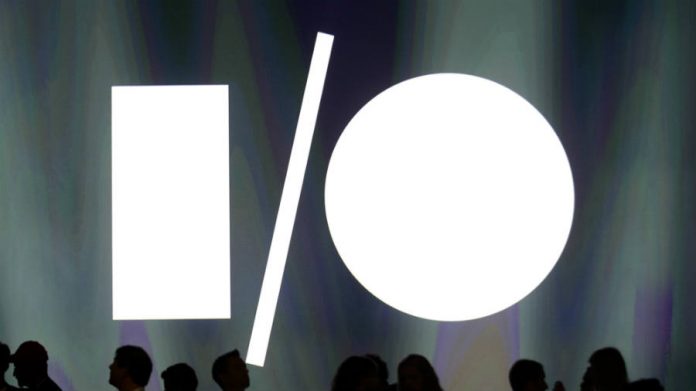
Top Google executives kicked off the second day of Google I/O developers’ conference on Thursday, with a heavy focus on the latest VR and AR developments of the company. Daydream VR and Tango were two key technologies showcased at the event.
Mixed reality is a big thing for Google. So much so that they dedicated an entire keynote to it and how it will change existing platforms and services. The company is even developing Daydream-ready, wireless headsets in partnership with Lenovo and HTC.
Google seeks to enhance the power of Daydream as a platform with the implementation of new technologies that will make it more attractive to developers and consumers alike. The company wants to bring VR into the mainstream so it can grow into its true potential.
WorldSense powers the next generation of Google headsets
To claim independence from PCs, smartphones, and wires altogether, Google had to figure out a way to pack all that technology inside headsets. Their solution is called WorldSense.
WorldSense is a new positional tracking technology that relies on two cameras and an array of sensors to keep everything self-contained. It is powerful enough to stand its ground against competing headsets, and it will be powered by Qualcomm’s Snapdragon 835 SoC.
These standalone headphones will run on Daydream 2.0 Euphrates, a new iteration of the VR platform that brings support to Google Cast output via Chromecast, a contextual dashboard UI, a Home screen much like Android’s, the built-in ability to take capture images and video, and more.
Daydream’s update will arrive with the new breed of headsets built by Lenovo and HTC’s Vive division. Unfortunately, they will not be able to depart much from the original hardware, meaning they cannot include their controllers.
Mixed reality experiences are about to get better
Google’s latest developments in VR and AR did not stick to platform improvements. They also want to make apps and games better. This is why they made some announcements that will surely enrich these new experiences.
For instance, Google is bringing Chrome to VR and AR via Chromium on the new standalone headsets. This will allow people to browse the web virtually or interact with elements they look for, much like what Tango users can do with some applications.
Executives also unveiled Seurat, a new graphic processing tool for VR developers to create and render high-fidelity experiences. They showcased the technology with a cinematic Star Wars scene created by ILMxLAB, a Lucasfilm branch and Google partner dedicated to next-gen immersive content.
Seurat will be available to a wider range of developers in time, which could bring the dawn of truly engaging experiences in VR, a missing piece of the puzzle that could propel the popularity to mainstream adoption. YouTube VR videos in 360 will also support live community viewing soon.
Source: Google










